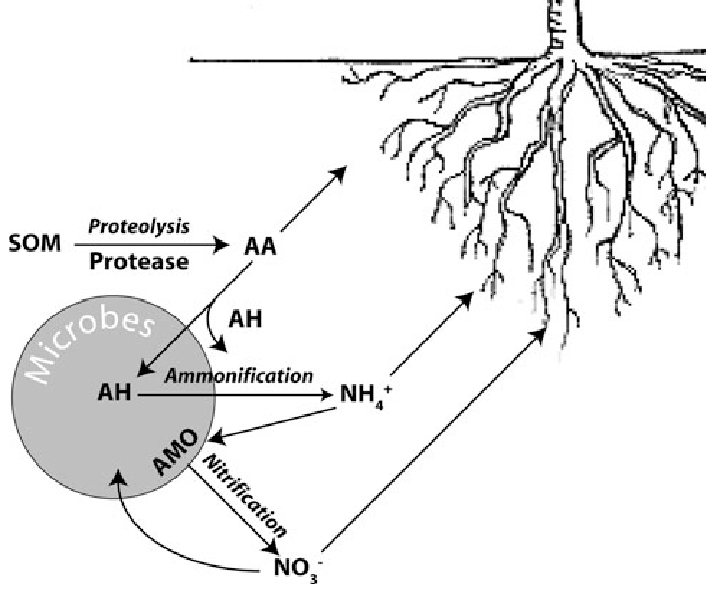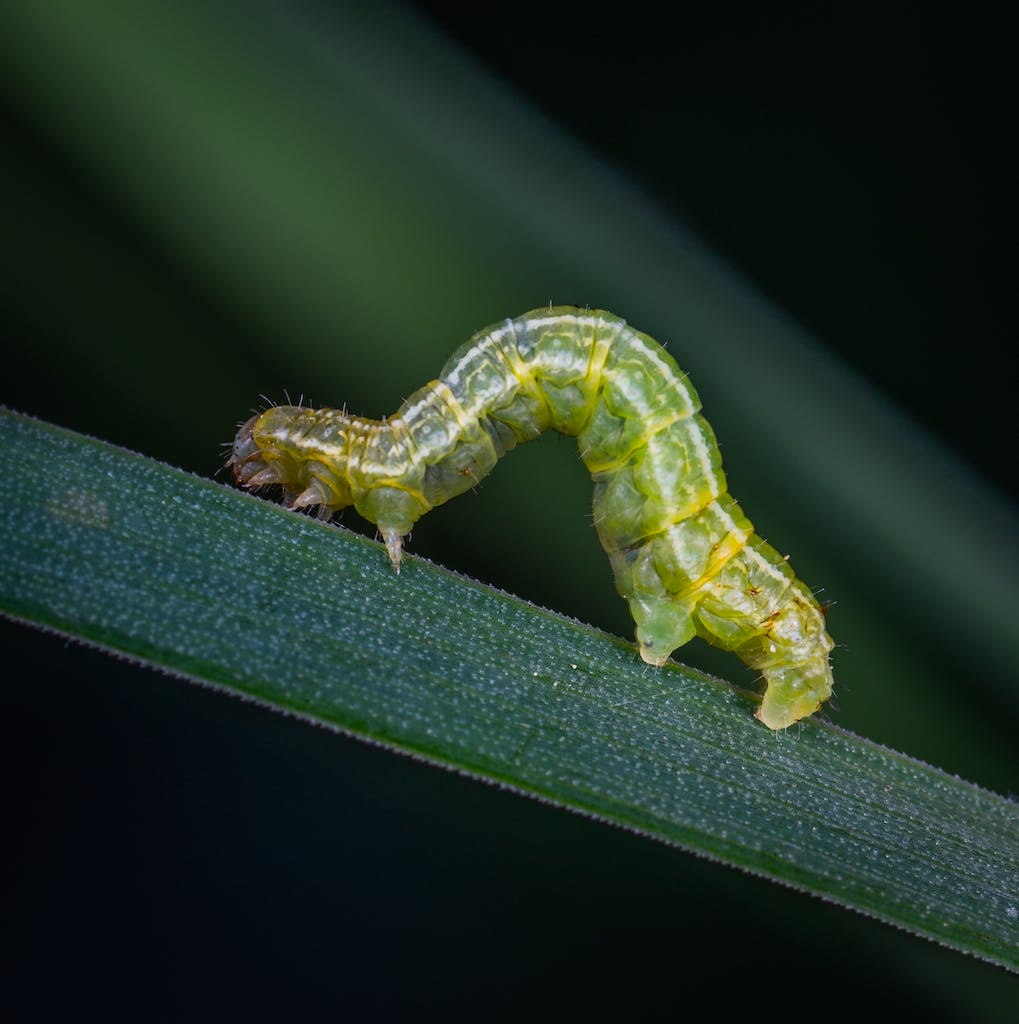Understanding and Managing pH in Integrated AquaVegeculture Systems (iAVs)

In order to provide valuable information without overwhelming readers, this guide will delve into the principles of ecology and iAVs, focusing on pH factors and recommendations.
The Importance of Microorganisms in iAVs
An authentic and properly functional iAVs is an intentionally managed multi-trophic ecosystem that engages symbiotic mutualism among all cultured species.
The iAVs ecosystem, like the entirety of Earth’s biosphere, is driven and sustained by thousands of complex biochemical processes performed by millions of different microorganism species.
These microorganisms form the structural backbone and base of support for the web of life, making them essential for maintaining a diverse and vital soil microbiology in iAVs and organic gardening.
The Role of pH in iAVs
The biochemical vitality of every organism is primarily influenced by the pH of its micro-environment. pH is defined as the negative logarithm (base 10) of the number of Hydrogen ions in one liter of a solution.
As most biochemical reactions occur in an aqueous environment, the pH of an environment’s water is of paramount interest in all of biology, including iAVs, at all trophic levels, for every organism.
Prioritizing Components in iAVs
- Soil Ecology: Establish and maintain conditions that support a diverse and vital soil microbiology.
- Plant Life: Establish and maintain conditions most favorable to the requirements of the chosen plant species.
- Fish: Ensure the fish species selected can thrive or are tolerant of the pH range suitable for the plants.
Balancing the System
In a balanced iAVs, the elemental composition of fish waste is assimilated by plant roots following microbial transformations and incorporated into plant tissues, ultimately removed from the system in the form of human food.
However, maintaining absolute balance for each element is virtually impossible. To prevent deficiencies and toxicities, it is crucial to:
- Keep the soil ecology thriving by avoiding oxygen starvation and overwhelming it with excessive elemental inputs, particularly essential metals (Cu, Fe, Mg, Mn, Mo, and Zn).
- Keep plants actively growing to their fullest extent, using sequential planting schedules and crop rotations.
- Feed fish at rates proportional to plant growth (uptake rate), using a well-balanced feed formulation and inputting only as much as necessary to approximate the uptake rates of the plant production component.
The Impact of pH on Organisms
For every organism in the ecosystem, virtually every biochemical process is influenced by the pH of its environment. All microbial processes, plant assimilation/growth, and fish health/production are pH-dependent.
When there are disparities among the optimal pH preferences of various organisms, the same priority list applies: soil ecology, plants, and fish.
Fortunately, the pH preferences of soil ecology and plants are often identical or approximately so. Many fish species suited for aquaculture will also tolerate or thrive at pH levels that overlap with the range preferred by vegetable crops and soil organisms.
Optimal pH Ranges for Fish and Vegetable Crops
Most fish species will tolerate a range of pH values, with certain species being more tolerant than others. While a sub-optimal pH does not necessarily cause fish to suffer neurologically, growth rates may slow as the aqueous pH approaches the upper or lower limits of a species’ preferred range.
Stressed fish may also have increased susceptibility to diseases and parasites.
For vegetable crops, the optimal pH is somewhat dependent on the species grown and the type of soil or media in which they are cultivated. Each plant-essential nutrient element has unique bioavailability at a given pH level or range. Specific elements are most readily bioavailable in specific soil/water pH ranges.
In mineral soils, the elements Copper, Iron, Manganese, Phosphorus, and Zinc become increasingly less bioavailable to vascular plants as the pH increases above 7.0. Regardless of media, metals (except Mo) tend to become increasingly less bioavailable above pH 7.0.
In organic soil, Manganese becomes increasingly less available starting at pH 5.0 and increasingly available above pH 8.0. Boron and Phosphorus become increasingly unavailable starting at pH 6.0 until 8.0, above which they become increasingly available again.
Most vegetable species are tolerant of a range in soil/water pH, yet none are tolerant of much above pH 6.8. Very tolerant species can accept pH 5.0 to 6.8, moderately tolerant species from pH 5.5 to 6.8, and slightly tolerant species from pH 6.0 to 6.8. No vegetable crop species does well at pH 7.0 or above.
Recommended pH Range for iAVs
Given that the primary product by weight, nutritional value, market availability, and economic value from an iAVs is the vegetable crop, it is recommended that the system pH be maintained well below 7.0. A general range of pH 6.4 to 6.8 is acceptable for adequate mineral nutrition of every essential element in virtually all vegetable crops.
Therefore, it is suggested to grow a fish species that either prefers or is generally tolerant of this pH range.
When growing Tilapia and tomatoes (or most other common vegetable garden species) in an iAVs, a pH of between 6.4 and 6.6 (+/- 0.2) is ‘basically ideal’ for facilitating adequate nutrition of every plant-essential element.
In conclusion, understanding and managing pH in an iAVs is crucial for maintaining a balanced ecosystem that supports the growth and health of all organisms involved.
By prioritizing soil ecology, plant life, and fish, an iAVs operation can thrive and produce nutrient-rich food efficiently and sustainably.


 Creative Commons Attribution-NoDerivs
Creative Commons Attribution-NoDerivs
Responses